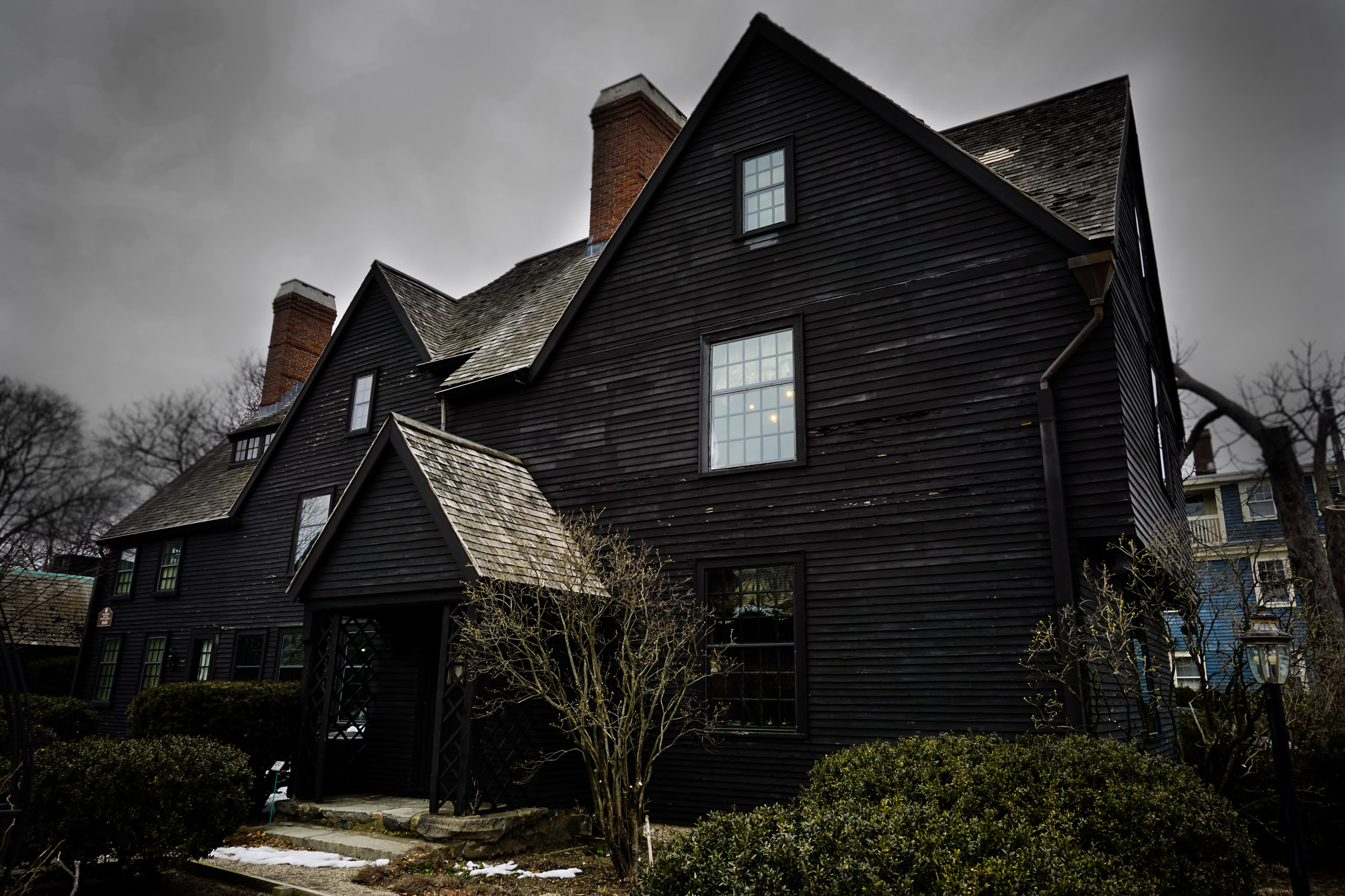Table Of Content
The Japanese sensibility is rooted in various schools of Buddhism, particularly Zen, which is all about the silence between words and the space between objects — ma in Japanese. Available in tons of varieties and sizes, these leafy beauties sport show-stopping tones in autumn, such as this fiery red. Paired against minimal backdrops and stark rock formations, they can look spectacular. It's a lovely way to frame plants or other focal points in the garden, and works especially well for narrow plots when combined with a stepping stone path.
Japanese Garden with a Stone Bench
For an instant makeover rolled bamboo screens also deliver the right feel. Work with the clean simple lines that are already there in the structure of your garden. Screen the perimeter and shield your garden boundaries with planting to provide a sense of privacy. Bamboo is perfect for this job, and the dappled light that filters through the leaves will contribute to the magic. With an elegant shape that requires little pruning, acers will flourish and grow into an eye-catching shape if you let them develop naturally.
Tranquil Space with Fountain
Ornamental grass can provide welcome height and break up the stretch of stone – learn how to grow ornamental grasses with our guide. To recreate the authentic look, add a dedicated gravel area to your plot, perhaps with a border of larger rocks. A central tree, such as this impressive acer, can make a striking focal point and is a means to get creative with patterns.
Selecting the Right Plants
How to truly define a Japanese garden - The Japan Times
How to truly define a Japanese garden.
Posted: Sat, 13 Feb 2021 08:00:00 GMT [source]
Bring in some of our favorite stepping stone ideas and the effect is elevated further, as each step requires focus, and pace is automatically slowed. Opt for natural stone and keep lines curved, just like in this serene scene above. The result will allow you to journey around your plot in peace, taking in the surrounding nature and basking in the greenery of nearby foliage.
5 Easy Zen Garden Ideas for Creating a Mini Dry Landscape at Home - Well+Good
5 Easy Zen Garden Ideas for Creating a Mini Dry Landscape at Home.
Posted: Sun, 06 Jun 2021 07:00:00 GMT [source]
Be sure to buy the dwarf variety of any plants so they don’t outgrow their welcome. Although Zen garden ideas tend to stick to simple palettes of natural stones and green foliage, a well-considered pop of color here and there can add a pleasing touch. This is especially the case when it comes from the Japanese garden staple – an acer tree. If you have a pond or even a small stream, a simple wooden structure like the one above is a lovely architectural feature. 'These are known as dry rivers,' says Garden Designer Lara Gochin Raffaelli of Enchanted Gardens. 'The placement of the dry river is important – it must be arranged to run from east to south to west, as this is the traditional Japanese positioning,' she adds.
Its adaptability to pruning allows for artistic expression, enabling you to sculpt the tree to fit the desired aesthetic of your Japanese garden. Dwarf Bamboo (Pleioblastus spp.) holds a significant place in Japanese garden design, offering a unique blend of elegance, versatility, and natural beauty. Renowned for its slender culms and lush foliage, this compact bamboo variety adds a touch of verticality and privacy to your garden, even within limited spaces. In addition to its aesthetic appeal, moss offers practical benefits to the overall health and maintenance of the Japanese garden.

So why not try to bring a little of their artistry into your own space... In a Zen garden, the inclusion of a well-placed tree is essential for creating a sense of permanence and natural beauty. To achieve this, carefully position the tree within your garden’s design to maximize its impact. A Japanese pavilion surrounded by a pond can be a captivating addition to your Zen backyard.
Copper Canyon Crushed Rock
It’s a perfect choice for pots as it grows only up to 2.5m tall, in a neat, compact shape. It has lighter flowers – more white than pink and again, offers autumn colour. If you have a bit more space and want to really embrace the glorious acer, then why not go for something slightly larger? Acer palmatum ‘Sherwood Flame’ is a very popular choice for a larger tree but still suitable for small plots, as it grows up to 5m tall. Acers, otherwise known as Japanese maples, are a species of tree with hundreds of different varieties. They are small-to-medium-sized and offer bold colour, which often changes from summer to autumn.
Kohei’s Top Natural Stone Choices:
If plagued with a sodden area in your garden, you can opt to plant Japanese irises that thrive on moisture all through the year. This popular site has frequently received accolades from gardening magazines as one of the best Japanese gardens. These gardens are known as part of the best three Japanese gardens in the United States. This famous garden showcases pristine design, wonderful walkways, and an assortment of fish, minks, and ducks. As a little bit of extra inspiration, here are some well-known Japanese gardens from throughout the world.
Who even pays attention to mosses—the shy and shade-loving greens? Some gardeners might even cringe at the thought of letting moss take over their garden space. A tsukubai is an important element of the Japanese tea ceremony. You can also make a smaller moss garden inside the garden and fence it using bamboo.
The balance of space between things (known as ‘ma’) is just as vital as the objects themselves in the overall scheme. Rocks and boulders are essential elements in Japanese gardens and are used to represent mountains, islands, and other natural features. The careful arrangement and placement of rocks create a sense of balance and harmony. Rocks are often chosen for their shape, texture, and color, and are positioned in the garden to create a natural and organic feel. Japanese gardens celebrate moss and the soft, aged quality it brings. If you see moss growing on the risers of garden steps, in walls or the cracks in paving, leave it to do its thing.
‘Stones are often selected or arranged to represent mountain ranges, cliffs, or rocky outcrops, or just because they are particularly beautiful. We believe it’s one of the most inspiring gardening projects you can undertake. Here are some frequently asked questions about Japanse gardens we hear and our answers to them, to help you get started off on the right foot. Have you ever wondered whether a Japanese garden will work for you? The good news is almost anyone can have a successful one as long as they have the right know-how. For example, when bamboo is harvested in Japan, it’s used in homes for chopsticks, fences, fans, and more.
The perfect way to make the most of a small outside space, it’s definitely a design trick we can use in many urban gardens today. Designer Nigel Gomme of Cityscapers has employed a similar approach in this gorgeous London garden. Rounded shrubs and grassy hillocks echo the curvy design and increase the sense of movement. You don’t have to have a stream or large pond in your garden to include a Japanese style bridge.












